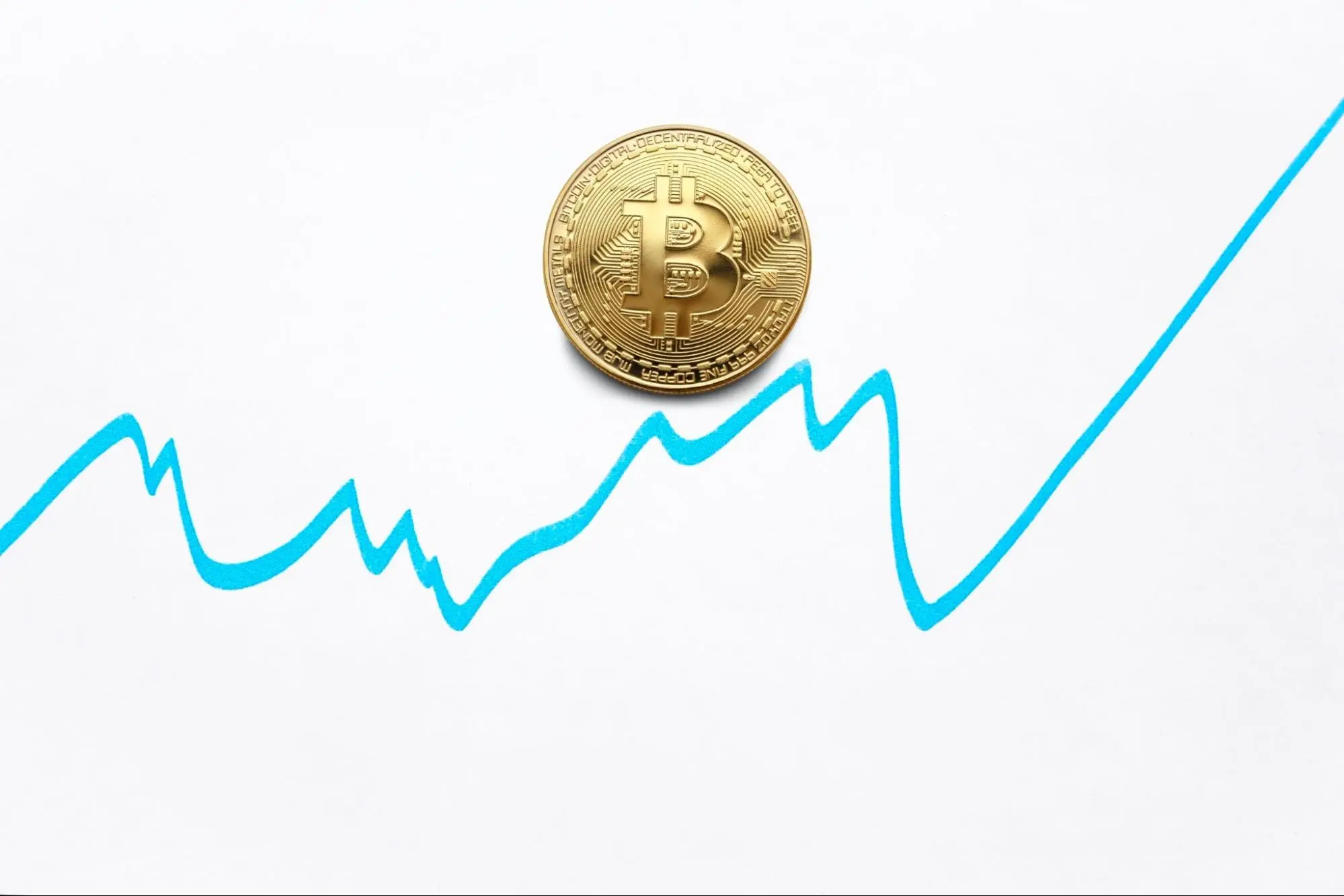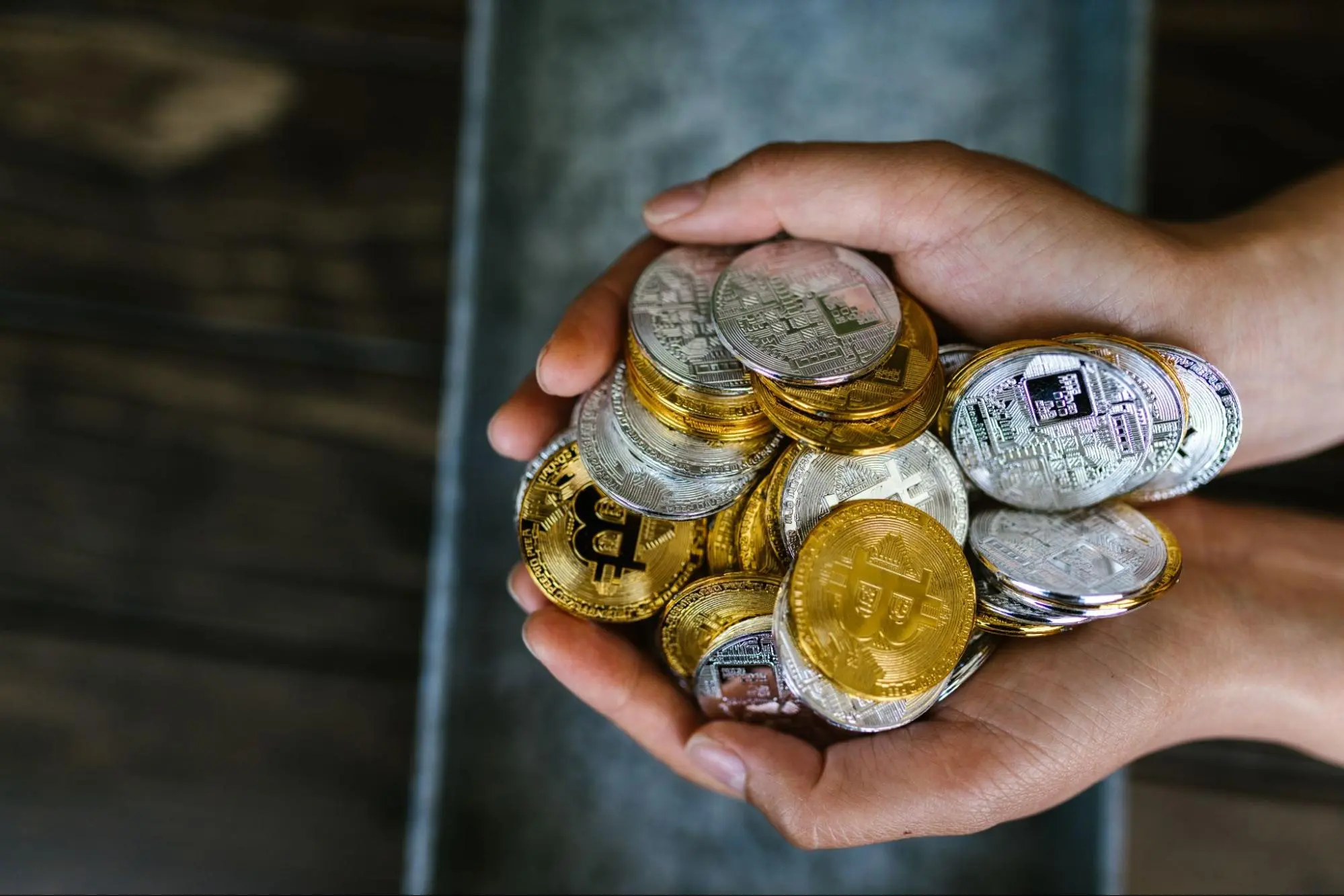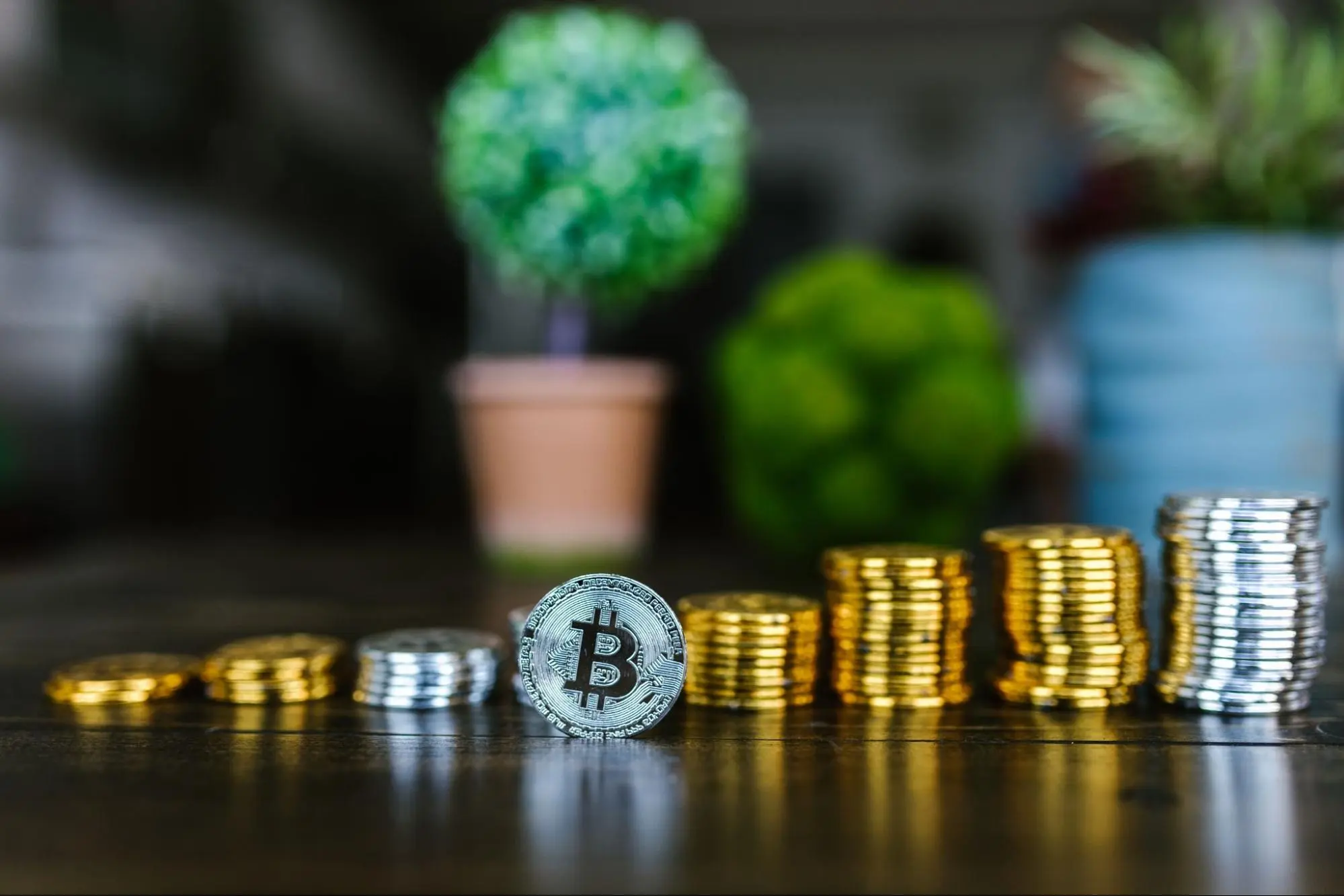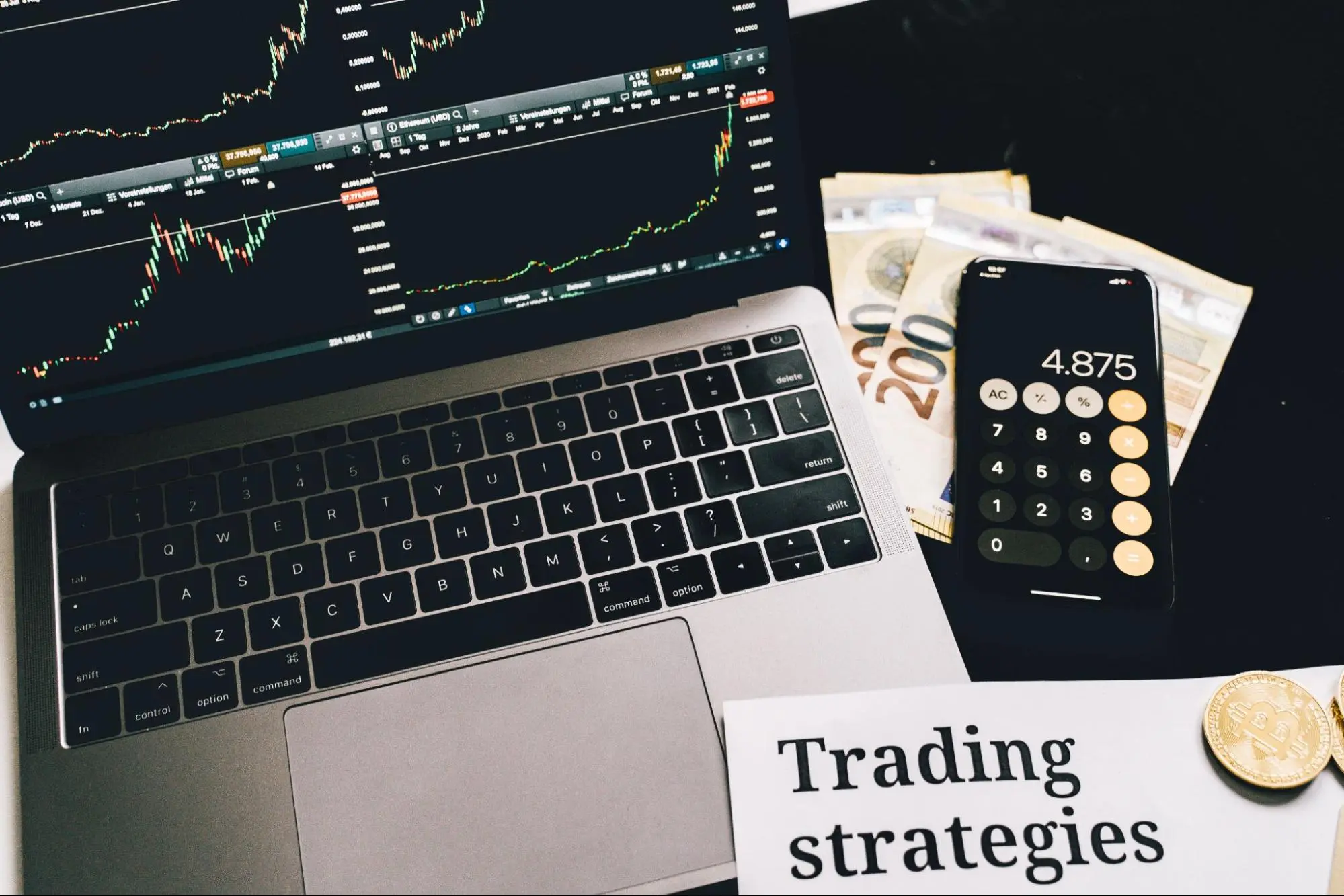What is Bitcoin Halving & How Does It Impact BTC Price?

bitcoin
Bitcoin halving is a term that has gained popularity in recent years, particularly in the cryptocurrency world. It refers to an event that occurs on the Bitcoin network that cuts the reward for mining a block by half.
This process is controlled by a set of rules coded into the Bitcoin protocol, which specify that the reward for mining a block is halved every 210,000 blocks. Hence, Bitcoin halving has a significant impact on the price of Bitcoin and its ecosystem.
In this article, we delve into the Bitcoin halving process, the impact it had on the price of Bitcoin in the past, and the upcoming halving events!
Let’s begin!
The Fundamentals of Bitcoin Mining

Before we dive into understanding what Bitcoin halving is, it’s essential to understandthe fundamentals of Bitcoin mining. Verifying transactions on the Bitcoin network and adding them to the blockchain are done through the process of bitcoin mining.
A public ledger called the blockchain keeps track of all Bitcoin transactions.
To mine Bitcoin, a miner needs to solve complex mathematical equations using specialized hardware known as ASICs. The process of mining requires significant computational power and, as a result, consumes a lot of electricity.
As miners solve these mathematical problems, they add a new transaction to the blockchain and, in return, receive a reward in the form of newly minted Bitcoins. Currently, the reward for mining a single block is 6.25 BTC, which is approximately $283,000 at the current market price.
The creation of a new Bitcoin is controlled by a set of rules that are hardcoded into the Bitcoin protocol. These rules dictate that the reward for mining a block is halved every 210,000 blocks. This event is known as “Bitcoin halving.”
The first Bitcoin halving occurred in 2012, and the reward for mining a block was reduced from 50 BTC to 25 BTC. The second halving happened in 2016, reducing the reward to 12.5 BTC. The last halving was in May 2020, reducing the reward further to 6.25 BTC, which is still relevant today.
Bitcoin halving always reduces the rate at which new Bitcoins are created, which, in turn, reduces the supply of new Bitcoins entering the market. Along with the ongoing demand for Bitcoin, this decrease in supply raises the price of this digital currency.
What is Bitcoin Halving?

Bitcoin halving is an event that occurs approximately every four years on the Bitcoin network. It’s a built-in mechanism in the Bitcoin protocol that reduces the reward for mining a block by half.
Halving is designed to control the supply of new Bitcoins entering the market. The Bitcoin protocol has a hardcoded limit of 21 million bitcoins, and halving ensures that the supply of new Bitcoins is gradually reduced until the entire supply is mined.
When the first Bitcoin block was mined in 2009, the reward for mining a block was 50 Bitcoins. Halving reduces this reward by half, which means that the current reward is 6.25 Bitcoins.
This reduction in supply is important because, coupled with the steady demand for Bitcoin, it increases its price. In the past, a halving was always followed by a significant increase in Bitcoin’s price.
Halving is an essential part of the Bitcoin protocol and ensures that the supply of Bitcoin remains scarce and valuable. It also means that Bitcoin mining becomes less profitable over time, as miners receive fewer Bitcoins for verifying transactions on the network.
As a result, miners must become more efficient and reduce their operating costs to remain profitable.
Bitcoin Halving Past Events
Bitcoin halving has occurred in the past, and each time it had a significant impact on the price of Bitcoin.
The first Bitcoin halving occurred in November 2012, reducing the reward for mining a block from 50 to 25 BTC.
The second halving happened in July 2016, reducing the reward to 12.5 BTC.
The most recent halving, which decreased the payout to 6.25 BTC, took place in May 2020.
Why Bitcoin Halving Happens
Bitcoin halving is a vital aspect of the Bitcoin network’s design, intended to ensure the cryptocurrency’s scarcity and limit the number of Bitcoins that can be produced. The number of Bitcoins that can be created is hardcoded into the protocol at 21 million, and halving slows down the creation of new coins until the whole supply has been mined.
The primary purpose of halving is to control the supply of new Bitcoins entering the market, thereby ensuring the currency’s scarcity and preventing the currency from becoming inflationary.
The halving occurs approximately every four years and cuts the rewards for mining a block in half. This reduction in reward has a significant impact on the Bitcoin ecosystem by reducing the supply of new coins entering the market.
Halving is also an essential part of the Bitcoin protocol, as it ensures that Bitcoin mining becomes less profitable over time. This incentivizes the development of better hardware and more energy-efficient mining practices, which ultimately benefit the entire Bitcoin network.
How Does Bitcoin Halving Impact Bitcoin Price?

As previously mentioned, halving reduces the reward for mining a block, which, in turn, reduces the supply of new Bitcoins entering the market. This reduction in supply, coupled with the steady demand for Bitcoin, increases its price.
To analyze the impact of Bitcoin halving on Bitcoin price, we will look at the past three halvings and their effects on Bitcoins price.
#1. First Bitcoin Halving
The first Bitcoin halving occurred in November 2012, and the reward for mining a block was reduced from 50 BTC to 25 BTC. Before the halving, the price of Bitcoin was around $12. After the halving, the price increased to a peak of around $260 in April 2013, representing a 2,066% increase from the pre-halving price.
#2. Second Bitcoin Halving
The second Bitcoin halving happened in July 2016, and the reward for mining a block was reduced from 25 BTC to 12.5 BTC. Before the halving, the Bitcoin price was around $650. After the halving, the price increased to a peak of around $20,000 in December 2017, representing a 2,970% increase from the pre-halving price.
#3. Third Bitcoin Halving
The last halving happened in May 2020, when the reward for mining a block fell to 6.25 BTC. Before the halving, the price of Bitcoin was around $9,000. After the halving, the price increased to around $64,000 in April 2021, which was a 611% increase from the pre-halving price.
As you can see, the past three halvings demonstrate a clear pattern of Bitcoin price increases after the event. Although the exact magnitude of the price increase is difficult to predict, the reduction in the supply of new Bitcoins entering the market creates a scarcity, which drives up the price.
Next Bitcoin Halving Event
The next Bitcoin halving is expected in 2024, at which point the reward for mining a block will be reduced from the current 6.25 BTC to 3.125 BTC. This reward reduction will have another significant impact on the Bitcoin ecosystem, as it will further reduce the supply of new Bitcoins entering the market.
While the exact impact of the next halving is difficult to predict, we may see another significant price increase following the event.
It’s worth noting, however, that the Bitcoin market is highly volatile and subject to significant fluctuations. While halving has historically had a positive impact on the price of Bitcoin, there are no guarantees that this will continue to be the case in the future.
Additionally, we can expect the next halving to further incentivize the development of more efficient mining practices. As the reward for mining a block continues to fall, miners will need to become increasingly innovative to remain profitable.
How to Trade Bitcoin During Bitcoin Mining

One way to trade Bitcoin during the halving is through Contacts for Difference (CFDs).
Without really holding it, CFDs let traders speculate on the price of Bitcoin. This means that traders can profit from the price movement of Bitcoin without worrying about the technicalities of mining or owning Bitcoin.
To trade BTC during the halving, traders can use CFDs to take either long or short positions. A long position involves buying Bitcoin in the hope that its price will increase, while a short position means selling Bitcoin, hoping its price will decrease. Traders can usetechnical analysis to identify trends and patterns in the market and make sound decisions about their trading strategies.
Keep in mind that trading Bitcoin is risky, and traders should only investwhat they can afford to lose. The Bitcoin market is highly volatile and subject to significant fluctuations, which can result in big gains or losses. Traders should always use risk management tools such as stop-loss orders to limit their exposure to big losses.
What Happens Once There Are No More Bitcoins?
Once all 21 million Bitcoins are mined, there will be no more new Bitcoins entering the market. What this means is that the Bitcoin mining process will end, and miners will no longer receive rewards in the form of newly minted Bitcoins. Instead, miners will rely solely on transaction fees to sustain their operations.
We can expect Bitcoin scarcity to increase demand for the cryptocurrency, which could drive up its price. However, the lack of new Bitcoins entering the market could also lead to a reduction in the number of miners as the profitability of mining decreases.
What’s worth mentioning is that the last Bitcoin is not expected to be mined until the year 2140, so don’t be alarmed! Moreover, there’s a possibility that the Bitcoin protocol could be updated to allow for the creation of more Bitcoins, although this would require a significant change in the underlying rules of the system.
It remains to be seen how the lack of new Bitcoins entering the market will impact the profitability of mining and the long-term sustainability of the Bitcoin network.
Key Takeaways
Bitcoin halving is a significant event that occurs every four years, reducing the mining reward for a block by half. This event is designed to control the supply of new Bitcoins entering the market, which ensures the currency’s scarcity and prevents it from becoming inflationary.
The past three halvings have demonstrated a clear pattern of significant price increases after the event, and the next halving, expected in 2024, is likely to have a similar impact.
Traders can use contracts for difference (CFDs) to speculate on the price of Bitcoin without owning it, but since Bitcoin trading can be risky, traders should pay attention and use risk management tools to make the most out of it.
Bitcoin Halving FAQ
How can I trade Bitcoin halving?
You can use Contracts for Difference (CFDs) to speculate on the price of Bitcoin without owning it. CFDs will allow you to take long or short positions and profit from price movements. However, trading Bitcoin is risky, and as a trader, you should use risk management tools like stop-loss orders.
What will be the price of Bitcoin after the halving?
The exact price of Bitcoin after halving is difficult to predict, but historically, halving has led to significant price increases. The reduction in the supply of new Bitcoins entering the market, coupled with steady demand, drives up the price of Bitcoin.
Who are Bitcoin miners?
Bitcoin miners are individuals or organizations using specialized hardware and software to verify transactions on the Bitcoin network and add them to the blockchain. Newly created Bitcoins are given to miners in exchange.
Is Bitcoin halving good?
Bitcoin halving exists to control the supply of new Bitcoins entering the market, which ensures the currency’s scarcity and prevents it from becoming inflationary. The supply reduction, coupled with steady demand, drives up the price of Bitcoin, which has historically led to significant price increases after each halving event.
When is the next Bitcoin halving?
The next Bitcoin halving will probably happen in 2024, and the reward for mining a block will fall from the current 6.25 BTC to 3.125 BTC.